Shop Tires By
You’re all set. Let’s find your tires.
All fields are required.
Vehicle year, make, model, trim, rim and address is required
Not sure? Search by or or find Trailer Tires
You’re all set. Let’s find your tires.
All fields are required.
Tire width, aspect ratio, diameter and address is required
Not sure? Search by or or find Trailer Tires
We found your vehicle. Please identify the trim.
We found your vehicle. Please identify the tire rim.
We found your vehicle. Let’s find your tires.
All fields are required.
License plate number, registered state, vehicle trim, vehicle rim and address is required
We found your vehicle. Let's find your tires.
All fields are required.
Vehicle identification number, vehicle trim, vehicle rim and address is required
You can usually find your vehicle’s trim/version in your:
You can usually find your vehicle identification number on your:
Where to Find Your Tire Size
There are two places to find your tire size.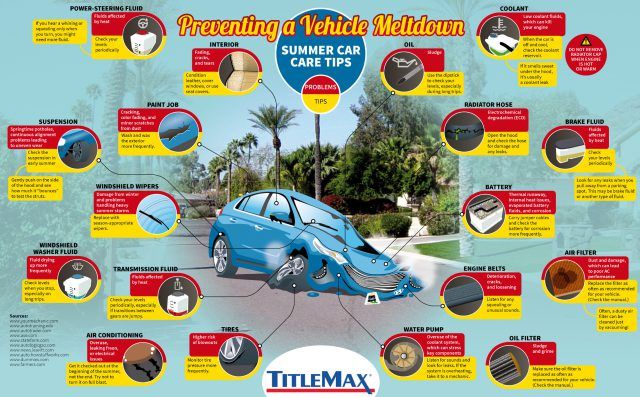 Look directly on your tire sidewall or inside your driver’s side door jamb for your vehicle’s tire size.
Look directly on your tire sidewall or inside your driver’s side door jamb for your vehicle’s tire size.
Passenger Tire Sidewall
High Flotation Tire Sidewall
Inside Your Door Jamb
Where to Find Your Tire Size
There are two places to find your tire size. Look directly on your tire sidewall or inside your driver’s side door jamb for your vehicle’s tire size.
Passenger Tire Sidewall
High Flotation Tire Sidewall
Inside Your Door Jamb
Need a tune up? We’ve got you covered.
Shop All Tires
When you buy tires on Goodyear.com, installation comes to you. We're on a mission to make getting new tires simple, straightforward and convenient for you.
Learn About Roll
Skip to beginning of product tiles
{product. altText}
altText}
add another tire
You're not imagining things — your tire pressure is shifting with the weather. As seasons change and temperatures fluctuate, you'll likely experience varying levels of PSI. If you’re not careful, this can lead to overinflation or underinflation of your tires. Combat inconvenient repair costs by learning how weather affects your tires and what you can do to keep them in excellent working condition.
If tire pressure is too low or too high, your tire performance may become compromised — increasing the likelihood of various safety concerns. PSI imbalance can also lead to premature wear, high replacement costs, and poor fuel efficiency.
To combat these issues, it's important to learn how to check your PSI to help maintain proper tire pressure levels. This way, you can spot potential issues before they create more significant problems.
This way, you can spot potential issues before they create more significant problems.
When air molecules experience cold temperatures, they move slowly and stick closer together — taking up less physical space. In warmer temperatures, air molecules move quickly and spread out more — taking up more physical space.
When the air molecules inside your tires heat up, they expand, often leading to increased tire pressure.
As you might expect, the opposite is true for cold air. If the temperature outside drops suddenly (like it does overnight in the fall and spring seasons), the air in your tires can become condensed, leading to a loss of pressure.
During the colder months of winter, you may suspect that your tires are low on air in the early mornings. Often, the heat of driving on the road is enough to expand the air and restore proper pressure levels. But sometimes, you need to take further action to keep your tires rolling efficiently.
Often, the heat of driving on the road is enough to expand the air and restore proper pressure levels. But sometimes, you need to take further action to keep your tires rolling efficiently.
So, how do you combat tire pressure loss due to temperature? If you see any of these symptoms during winter, try adding more air to your tires.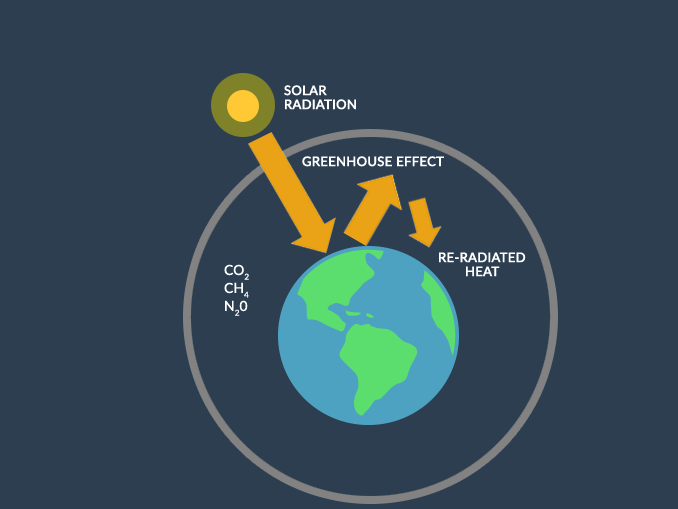 If these issues persist, you could have a leak in one or more of your tires. It’s a good idea to have your tires inspected and repaired by a pro in those cases.
If these issues persist, you could have a leak in one or more of your tires. It’s a good idea to have your tires inspected and repaired by a pro in those cases.
Tire pressure variation with temperature changes can always pose a safety threat on the road, but the danger of a tire blowout can increase during the hottest days of summer. If your tires are overinflated due to heat, adding the normal friction of rolling along the road, and navigating rough terrains, can even lead to one of your tires bursting, in extreme cases.

When your tire pressure rises when the temperature increases (and remains too high), you simply need to let some of the air out of your tires. To do so, remove the valve stem cap from the affected tire, then use a small tool to press down on the pin inside the valve and release air.
Do this incrementally, and be sure to stop and check your tire PSI pressure each time you depress the pin to ensure you don’t let out too much air. Replace the valve stem cap, and continue to monitor your tires with visual checks on hot days.
Driving with properly inflated tires is essential to keeping your vehicle running smoothly. Help keep yourself and your passengers safe by closely monitoring tire pressure variations with temperature changes. Not sure if your tires can take the heat? Trust the pros at your nearest Tires Plus for all your tire needs.
Many do not know that tire pressure changes depending on the weather. Rather, it happens as the seasons change, which causes fluctuations in air temperature. This can lead to over- or under-inflation of tires. Regular monitoring of tire pressure, at least as the seasons change, can save you some negative consequences.
Rather, it happens as the seasons change, which causes fluctuations in air temperature. This can lead to over- or under-inflation of tires. Regular monitoring of tire pressure, at least as the seasons change, can save you some negative consequences.
If the tire pressure is too low or too high, it affects the vehicle's handling, which increases the likelihood of accidents on the road. It also leads to premature tire wear and increased fuel consumption.
To avoid all this, it is important to check your tire pressure regularly and keep it at the correct level.
When air molecules experience low temperatures, they move more slowly and are closer together, taking up less physical space. At high temperatures, air molecules move quickly and take up more physical space.
Thus, when the air molecules inside the tires heat up, it causes the tire pressure to increase. The opposite happens at low temperatures.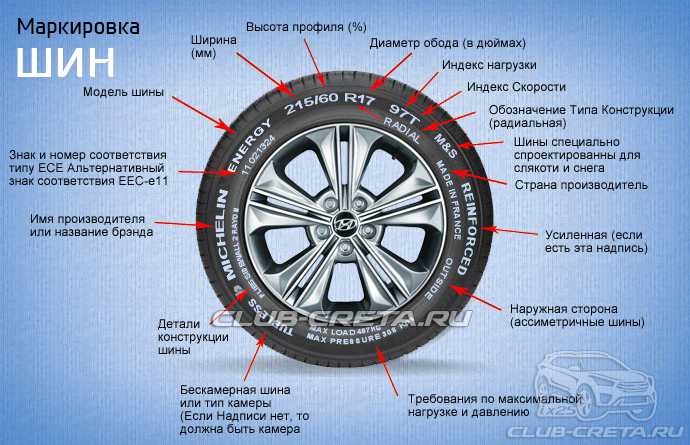
Even if you check the tire pressure after a certain stable temperature, sometimes it can change within one season, which also needs to be paid attention to.
In spring and autumn there are sharp temperature fluctuations day and night. When the temperature outside drops sharply at night, it leads to a drop in tire pressure.
During the cold winter months, if the vehicle is parked outside, the tires may be under-inflated, but the heat from driving on the road is often enough to expand the air and restore proper pressure. In this case, the TPMS indicator on the instrument panel may light up and turn off after a few minutes of driving.
An increase in tire noise during winter driving may signal that the tire pressure has dropped. Low tire pressure leads to an increase in resistance while driving, which leads to an increase in the noise emitted by the tires.
During the hottest days of summer, there is a risk of a tire burst. As mentioned above, when the air temperature is high, the pressure in the tires rises, and the increase in pressure due to friction during the movement of the car is added to this factor. In rare cases, this can lead to tire burst.
A few signs that tires are overinflated in summer:
If the center of your tires' tread wears faster than the edges, there's a good chance your tires are overinflated.
If the tire pressure is too high before driving, it may increase further due to friction with the road. Then the TPMS indicator lights up while the vehicle is moving. In this case, you need to check the tire pressure as soon as possible and, if necessary, release some of the air from the tires.
As repeatedly stated, regular maintenance not only improves mileage, but also increases reliability.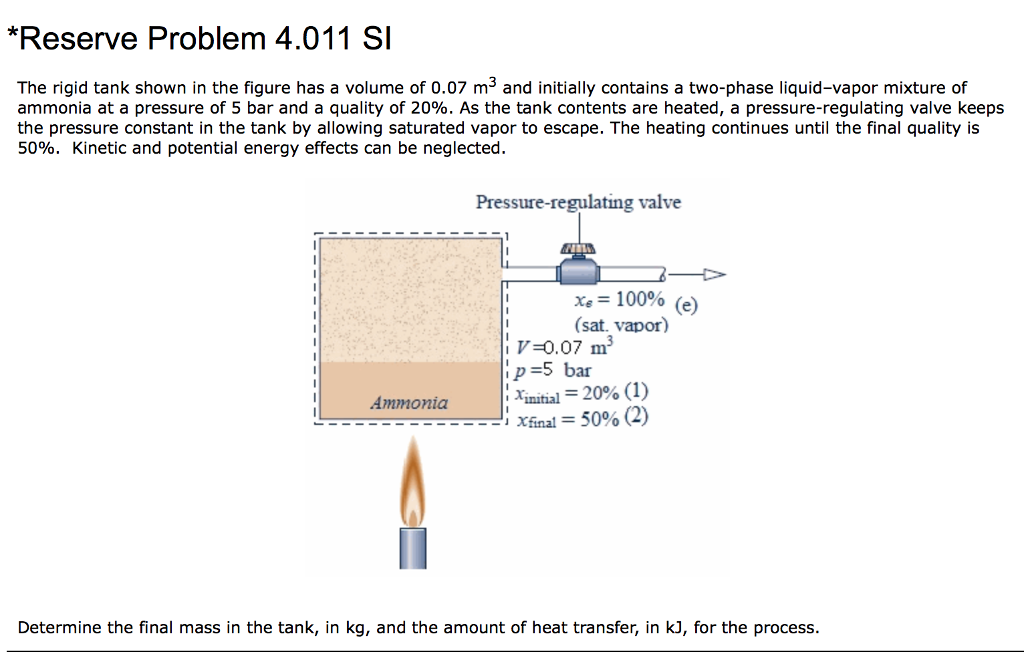 Of all the maintenance methods, the most important for us is regular tire pressure checks. The optimum pressure (recommended by the manufacturer) is equal to the optimum return during operation.
Of all the maintenance methods, the most important for us is regular tire pressure checks. The optimum pressure (recommended by the manufacturer) is equal to the optimum return during operation.
Do you know that pressure depends on temperature changes and climatic conditions? Yes, it is - it changes in warm and cold weather. What do we remember from the school physics course? The fact that when heated, the gas expands and increases in volume. And at low temperatures, the gas is compressed. The same process takes place inside your wheels. In countries where the temperature changes significantly throughout the day, it is very important to pay attention to pressure.
It has been scientifically proven that the internal pressure changes by 3-4% for every 10°C change in temperature. Simply put:
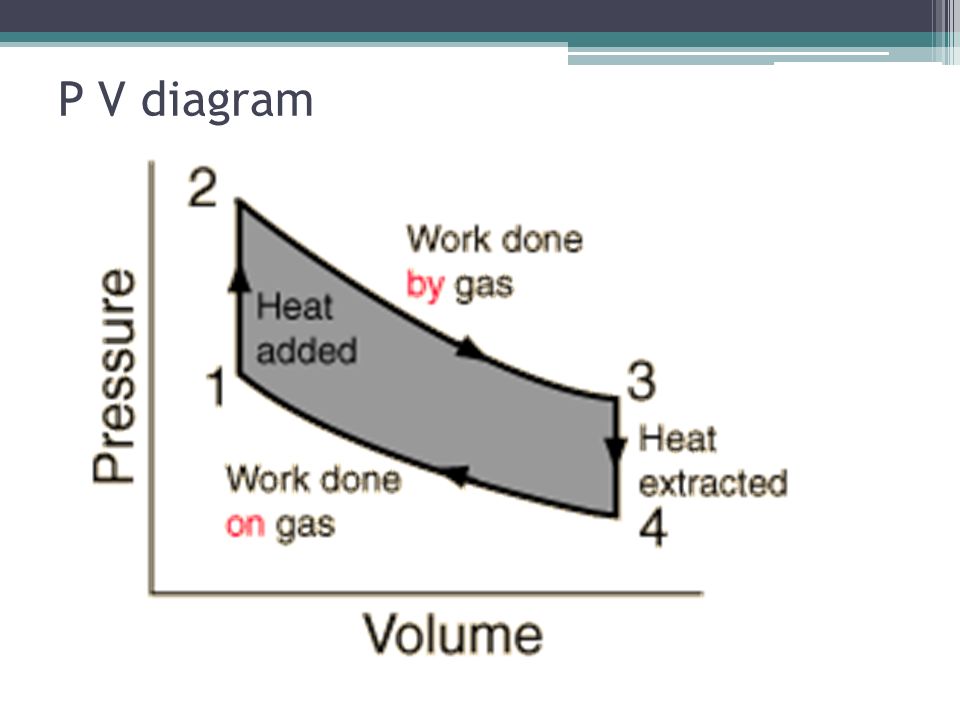
So, that's sorted out. We go further.
Not only the outside air temperature should be taken into account when checking and pumping. There is also the heat generated by the tire itself, which also leads to a change in pressure.
The crux of the matter is... how does this affect performance?
Imagine this situation: your mechanic checks the tires, and the pressure is normal - exactly according to the manufacturer's recommendations. Everything is fine. Then (shortly after the pressure test) the ambient temperature rises significantly (this happens in many parts of the world). Plus, the tires warmed up from work. The combination of these two factors leads to a significant increase in pressure and negatively affects performance.
Always remember that excessive pressure leads to intense and uneven wear - this is the number one enemy in the operation of the wheels.
The same principle works in the opposite direction: the outside temperature drops sharply (during harsh winters, for example) or when operating on snow or ice.